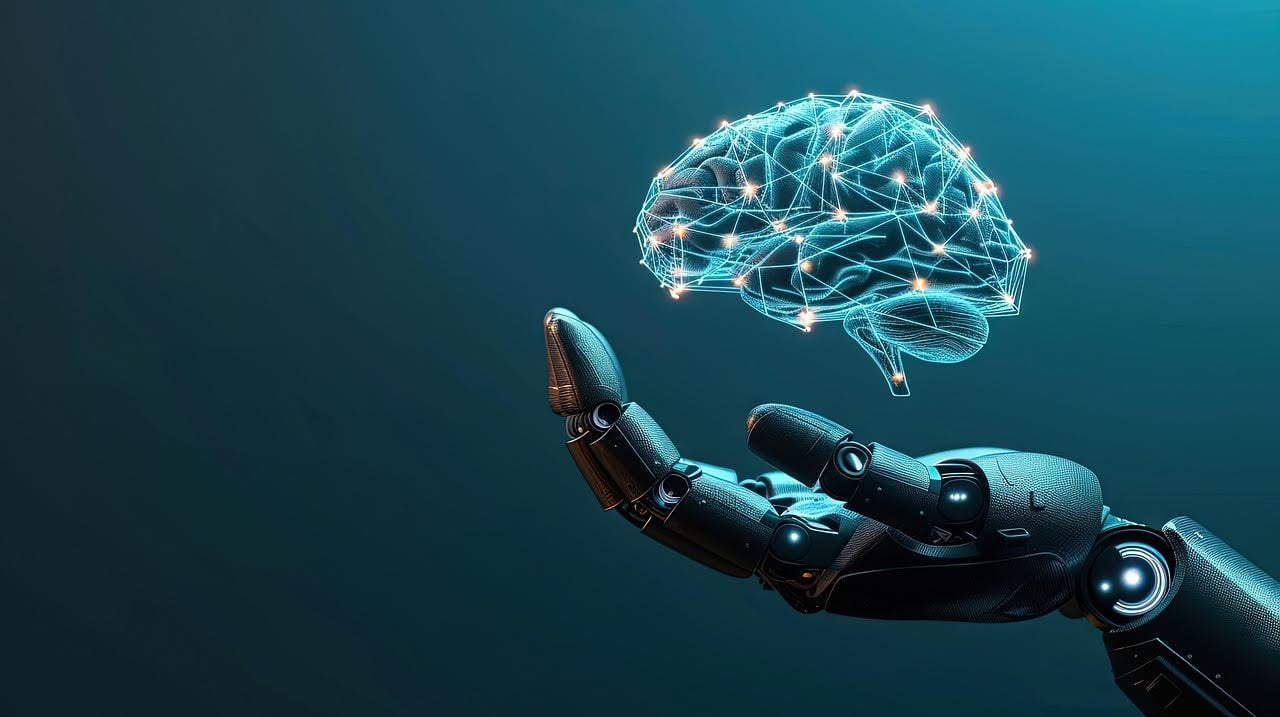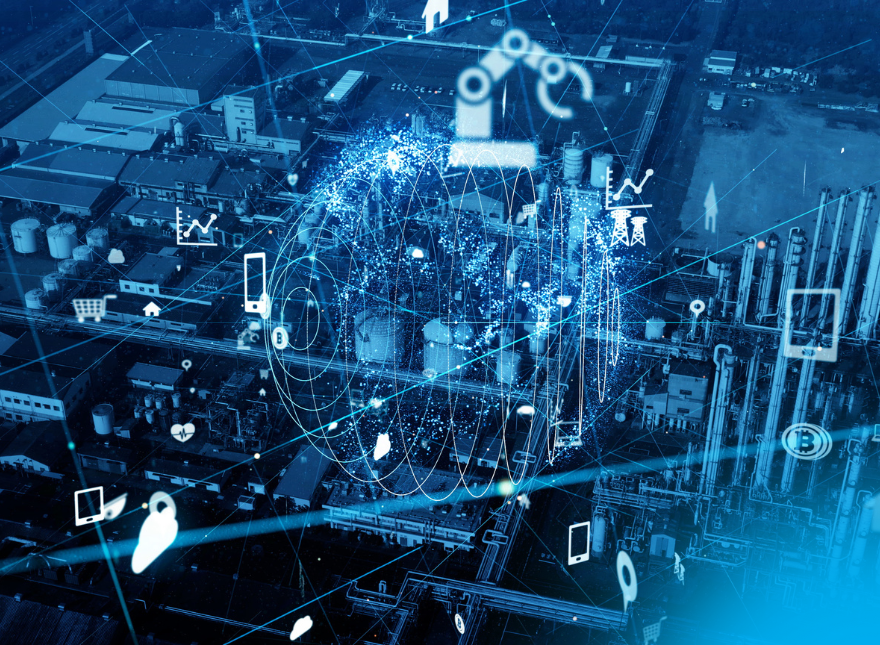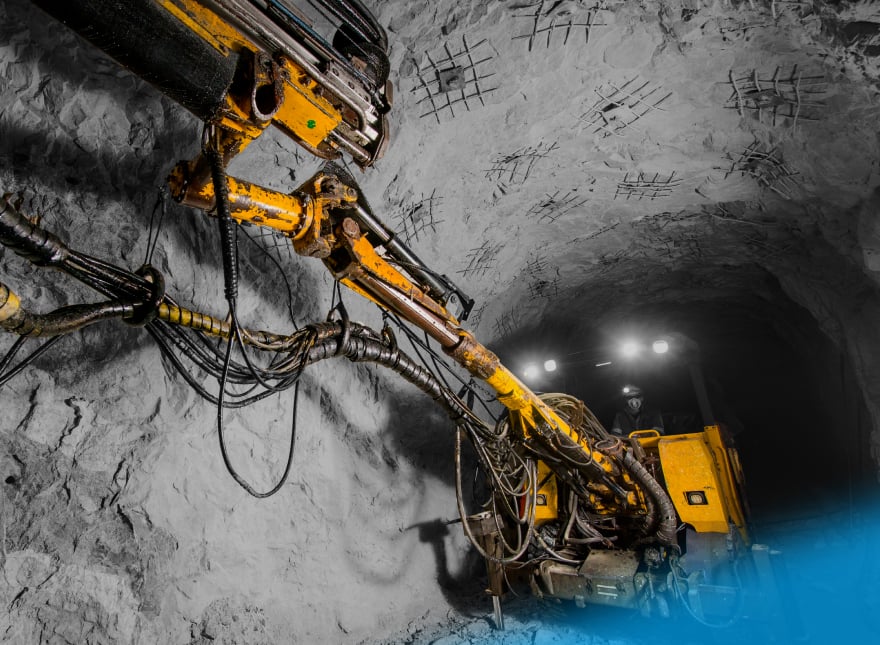Check out our latest blog article: From component to enterprise – modular robotics done right.
Edge Computing and IoT: Potential Benefits and Practical Use Cases
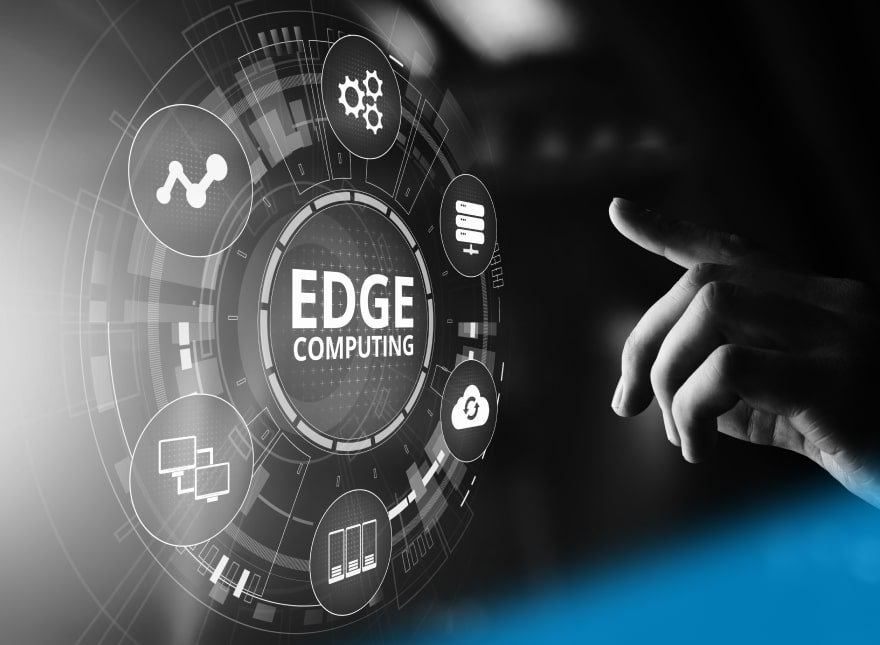
Edge computing is a networking philosophy that seeks to bring computing as near to the data source as possible. Edge computing is slowly seeping into the mainstream, and many predict that it will enhance, if not replace, cloud computing all together in the future.
The cloud has been long treated as a must-have element in an IoT infrastructure. The capacity of the cloud to store terabytes of data on remote servers and not on local computers has ensured the success of many connected projects.
If this is true, then why is there a prevailing belief that cloud computing alone can’t cope with the growing number of connected devices?
The Cloud is Getting Edged Out. Here's Why
Today we see a number of factors fueling a wider adoption of edge computing technologies in IoT:
- Growing number of connected devices. In IoT solutions, the cloud is involved in a wide array of operations: sensing, wireless transmission, gateway processing, Internet delivery, and cloud processing. Cloud-driven infrastructures operate well with a limited number of devices—but fail to deliver immediate responses when the number of connected devices is exponentially increased. Now let’s imagine the 75 billion IoT devices which, as expected by Statista, will invade the market by 2025. With so many devices there is sure to be immense pressure on the solutions that rely solely on the cloud.
- Inherent limits of the cloud. Scientists from the University of California, Berkeley discovered a number of issues related to cloud computing applications in the Internet of Things development. Chief among these are security, scalability, and latency.
- Advances in device manufacturing. IoT devices’ cognitive power has always been restricted by form factor and short battery life. However, hardware manufacturers regularly report new achievements in their industry, while dropping costs for sensors and IoT hardware make IoT solutions more widespread.
- New connectivity technologies. If the current cloud-based IoT infrastructure is already experiencing excessive pressure from the ever-increasing number of connected devices, imagine what will happen when alternatives to cellular connectivity, like 5G, come to market. 5G is estimated to connect about 1 million IoT devices per square kilometer—a thousand times more than now! All this will produce a much more massive data exchange, and require a robust and reliable network.
What Is Edge Computing?
The points mentioned above are motivating IoT providers to reconsider the existing cloud-based solutions and look for a more reliable alternative. Here’s where edge computing IoT comes in.
The IDC research firm describes edge computing as a “mesh network of micro data centers that process or store critical data locally and push all received data to a central data center or cloud storage repository, in a footprint of less than 100 square feet”.
In a nutshell, a network edge is a place where a device or the local network containing the device maintains contact with the internet.
A network edge can be a computer, a sensor inside an IoT device, a router or a local edge server—any hardware element located geographically close to the device.
What benefits does it bring?
- Immediate response. Sending data to the cloud results in upstream traffic and additional response time. Edge computing, on the other hand, enables connected systems that automatically execute actions—e.g., send an alert notification to a manager, turn off the lights, or lower the temperature, once a certain type of behavior is registered.
This can be of major importance in mission-critical solutions like IoT-enabled wearables (smart caps, connected glasses, etc.) in the construction industry sending alerts to workers. IoT edge architecture benefits businesses by providing opportunities for real-time on-the-spot data analysis without the back and forth of the cloud.
- Selected nature of the data pushed to the cloud. Sensors produce massive amounts of raw data, and not all of it needs to be processed in the cloud, consuming bandwidth and cloud storage resources. Edge computing enables systems to act locally on the data they have collected, pre-processed, and labeled.
- Security concerns. When all the data is stored in a cloud, it inevitably attracts cybercriminals. In certain sectors, like the healthcare industry or financial services, the fact that extremely sensitive data can be accessed by unauthorized parties creates a serious hurdle for further project development. Edge computing helps avoid unnecessary and potentially insecure data transfers and put the collected information into action on the spot.
- Financial issues. By reducing bandwidth use, edge computing helps minimize associated costs and cut down on required server resources.
“When we take the power of the cloud down to the device—the edge—we provide the ability to respond, reason, and act in real time and in areas with limited or no connectivity. It’s still early days, but we’re starting to see how these new capabilities can be applied towards solving critical world challenges.”
Kevin Scott, Microsoft CTO
Use Case 1: Transportation
Self-driving vehicles depend on extremely fast data exchange and processing to function. To ensure this, autonomous vehicles need to run all Machine Learning processes directly on board in the car.
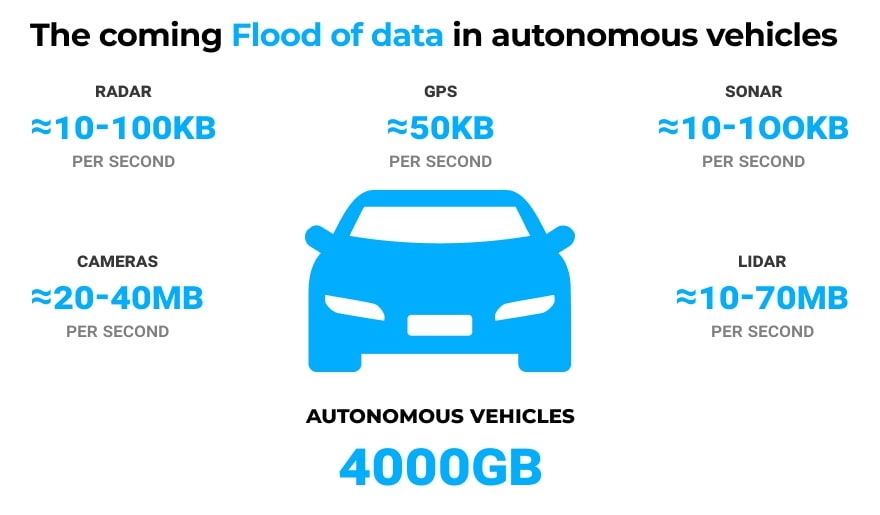
One of the initiatives driving edge computing in the automotive industry is the establishment of the Automotive Edge Computing Consortium (AECC) in 2018. The AECC announced that it would be launching operations focused on connected car solutions. The AECC members include, among others, Denso, Toyota, and Intel.
The recognition of numerous startups by industry leaders is further evidence of a growing interest in edge computing initiatives in self-driving vehicles. One such startup, Recogni, is working on vision systems for autonomous vehicles that depend on edge computing technologies. The project has already been supported by BMW i Ventures, and Toyota AI Ventures took part in a $25M Series A round.
Use Case 2: Healthcare
The pandemic has triggered the long-awaited transformation of the healthcare industry. Today more healthcare providers are adopting IoT devices for inpatient care, remote patient monitoring, and hospital asset management. The devices fall into a few different categories; connecting directly to the cloud, analyzing collected data locally, or operating completely offline.
The major factors pushing for a wider use of edge computing in healthcare, are:
- Faster and better care. In healthcare every millisecond counts, and speedy data processing is becoming a must for remote patient monitoring , inpatient care, and healthcare management for hospitals and clinics. For example, when Softeq was building a telemedicine solution for elderly people, it was essential to include instant alerts for family members and nurses in the event of accidents.
- Growing amount of patient-generated health data (PDHD). We see 10 to 15 connected medical devices per bed in US hospitals. All these devices generate data 24/7. As a consequence, healthcare providers are investigating options to produce this data locally.
- Additional security concerns. Keeping confidential data closer to the edge helps avoid risks associated with sending it to the cloud where it can be improperly accessed.
Using edge computing technologies in healthcare paves the way for daring new projects enhanced with AI and ML algorithms. For example, the BlueDot company tracks and predicts the global spread of infectious diseases, leveraging data from social media, text messages, and other online communications in near real-time (thanks to the applied edge computing tools) to predict the spread of the COVID-19 pandemic.
Use Case 3: Industrial Manufacturing
Thomas Bittman, vice president and analyst at Gartner, reports that “the number of enterprises who are saying edge is part of their core strategy has doubled in a year.” In his opinion, by 2020, about half of all enterprises will rely on edge IoT technologies as part of their strategy.
Edge computing allows developers of digital manufacturing solutions to create machines that sense, detect, and learn things without being previously programmed to do so. Or, how the experts from Siemens Industrial Edge put it, “to combine local and high-performance data processing directly within their automation system with the benefits offered by the cloud: app-based data analysis, data processing, and infrastructure-as-a-service concepts with a centralized update function”.
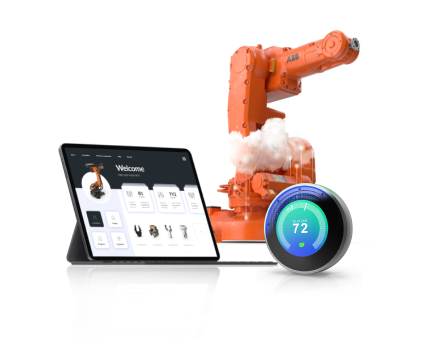
Will Edge Computing Replace the Cloud?
Most experts agree that no, it won’t. But edge computing can definitely extend the functionality of the cloud and provide seamless interplay among the components of an IoT ecosystem.
So far, most of the smart devices which are present on the market today—especially those from the consumer segment—lack the memory to handle heavy operations. This is why edge computing is mostly limited to ingesting, storing, filtering, and sending sensor data to the cloud.
However, advances in hardware equipment manufacturing and growing pressure on cloud-based infrastructures is changing the landscape. Today the IoT industry is heading towards a more healthy balance of cloud and edge computing. What we will see in the nearest future is a combination of cloud-based data repositories, which have more storage and processing power, and small gadgets which will be powerful and cheap enough to offer higher latency and decreased operating costs.
More articles on the topic
